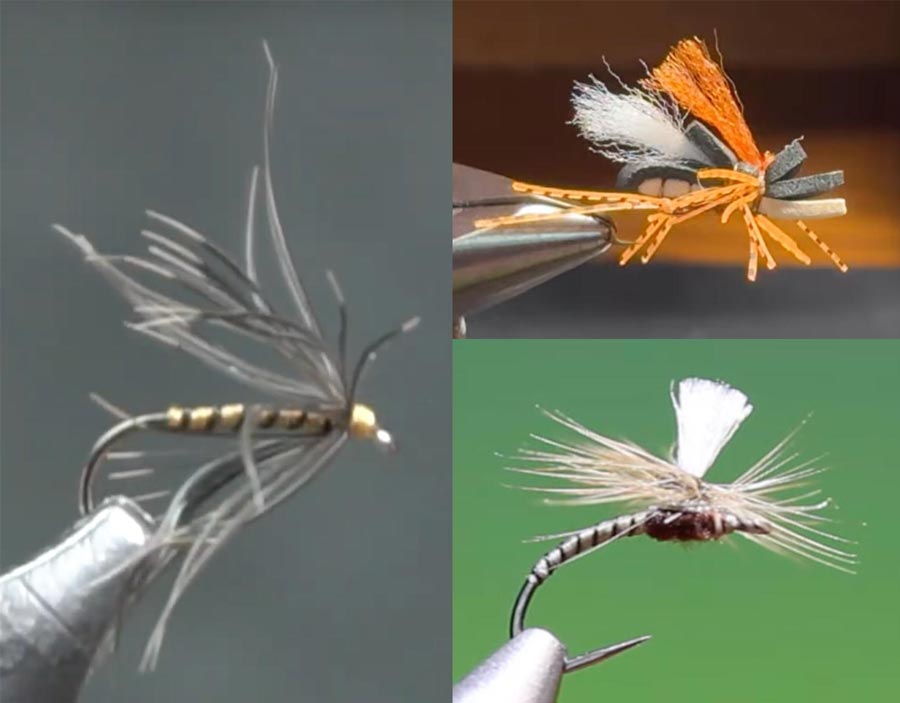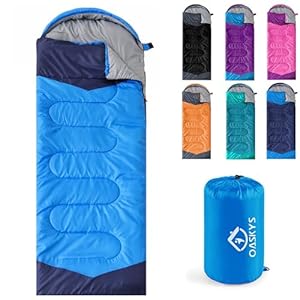
This week’s Tying Tuesday options three patterns fished on or close to the floor. We kick issues off with my previous buddy, Rob Streeter, demonstrating his methodology for tying a high-floating Fats Albert variant, which is able to make an important indicator fly, beetle imitation, or all-around attractor fly. Subsequent up, Andy from Andy’s Flies walks us by way of a basic North Nation Spider first tied by T.E. Pritt within the late 1800’s. It’s a straightforward tie and appears tremendous buggy. It would certainly entice trout dead-drifted or on the swing. Lastly, English tier Barry Ord Clarke ties a Midge Emerger within the Klinkhamer fashion. His video is stuffed with cool tips—reminiscent of repositioning the fly within the vise—that can make it easier to tie any parachute sample.
Foam Fats Albert
Hook: Customary hopper hook, measurement 10.
Thread: Brown, 8/0 or 70-denier.
Physique: Black and tan foam, stacked.
Underbody: Brown tying thread.
Rear Legs: Orange-and-black Sili Legs.
Wing: White Z-lon.
Wing case: Black foam.
Entrance Legs: Orange-and-black Sili Legs.
Scorching spot: Orange Antron.
Legs: Orange-and-black Sili Legs.
Adhesive: Head cement.
Instruments: Razor blade, hackle clip, dubbing needle.
Water Crickert
Hook: Customary dry-fly hook, measurement 14.
Thread: Yellow or orange, 8/0 or 70-denier, waxed.
Hackle: Starling wing feather.
Physique: Tying thread.
Rib: Black silk thread, waxed.
Head: Tying thread, waxed.
Instruments: Hackle pliers, thread wax, razor blade, small brush.
Klinkhamer Midge Emerger
Hook: 1X-short curved caddis hook (right here a Mustad Heritage C49), measurement 16.
Thread: Grey, 14/0 or 50-denier.
Wing Put up: White Para Put up.
Adhesive #1: Superglue.
Physique: Tying thread.
Rib: Tying thread coloured black with everlasting marker.
Hackle: Medium dun.
Thorax: Mahogany Tremendous Advantageous dubbing.
Hackle tie-off: Tying thread, waxed.
Adhesive #2: Superglue.
Instruments: Thread wax, dubbing needle.
Trending Merchandise











